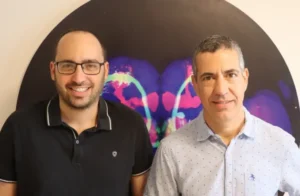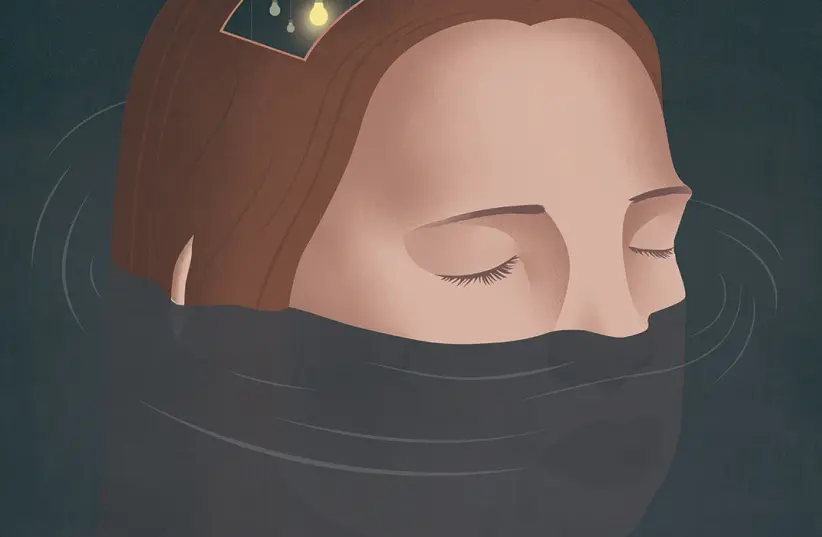The findings may provide a key to discovering how the awake brain transforms sensory input into a conscious experience and could go on to help those who are unconscious due to surgery or illness.

Tel Aviv University (TAU) researchers believe they have solved the scientific enigma of consciousness, they revealed in a study that revealed that the brain’s response to sound remains powerful during sleep in all parameters except one: the level of alpha-beta waves associated with attention to the auditory input and related expectations, according to new research. This means that during sleep, the brain analyzes the auditory input but is not able to focus on the sound or identify it, and therefore no conscious awareness follows.
Researchers say the findings could have implications that extend beyond sleep and eventually help those who are unconscious for other reasons, including surgery or illness. The study, published Monday in the peer-reviewed journal Nature Neuroscience, placed speakers emitting various sounds at the patients’ bedside and compared data from the implanted electrodes — neural activity and electrical waves in different areas of the brain — during wakefulness vs. various stages of sleep. Altogether, the team collected data from over 700 neurons, about 50 neurons in each patient, over the course of eight years.

“We hope that in the future, with improved techniques for measuring alpha-beta brain waves, and non-invasive monitoring methods such as EEG, it will be possible to accurately assess a person’s state of consciousness in various situations: verifying that patients remain unconscious throughout a surgical procedure, monitoring the awareness of people with dementia, or determining whether an allegedly comatose individual, unable to communicate, is truly unaware of his/her surroundings. “
Prof. Yuval Nir
The findings go on to reveal that when a particular sound is received in the ear, the higher regions can tell whether it is new or familiar, and whether it deserves attention or not. This kind of brain activity is manifested in the suppression of alpha-beta waves, and previous studies have shown a high level of these waves in states of rest and anesthesia. According to the current study, the strength of alpha-beta waves is the main difference between the brain’s response to auditory inputs in states of wakefulness vs. sleep.
Study implications
TAU’s Professor Yuval Nir said that the research has wide implications, beyond the specific experiment.
“First, they provide an important key to an ancient, fascinating enigma: What is the secret of consciousness? What is the ‘X-factor’, the brain activity that is unique to consciousness, allowing us to be aware of things happening around us when we are awake, and disappearing when we sleep? In this study we discovered a new lead, and in future research we intend to further explore the mechanisms responsible for this difference,” Nir said.
“In addition, having identified a specific brain feature that is different between states of consciousness and unconsciousness, we now have a distinct quantitative measure — the first of its kind — for assessing an individual’s awareness of incoming sounds. We hope that in the future, with improved techniques for measuring alpha-beta brain waves and non-invasive monitoring methods such as EEG, it will be possible to accurately assess a person’s state of consciousness in various situations: verifying that patients remain unconscious throughout a surgical procedure, monitoring the awareness of people with dementia, or determining whether an allegedly comatose individual, unable to communicate, is truly unaware of his or her surroundings.”
“In such cases, low levels of alpha-beta waves in response to sound could suggest that a person considered unconscious may in fact perceive and understand the words being said around him,” Nir concludes. “We hope that our findings will serve as a basis for developing effective new methods for measuring the level of awareness of individuals who are supposedly in various states of unconsciousness. “

